
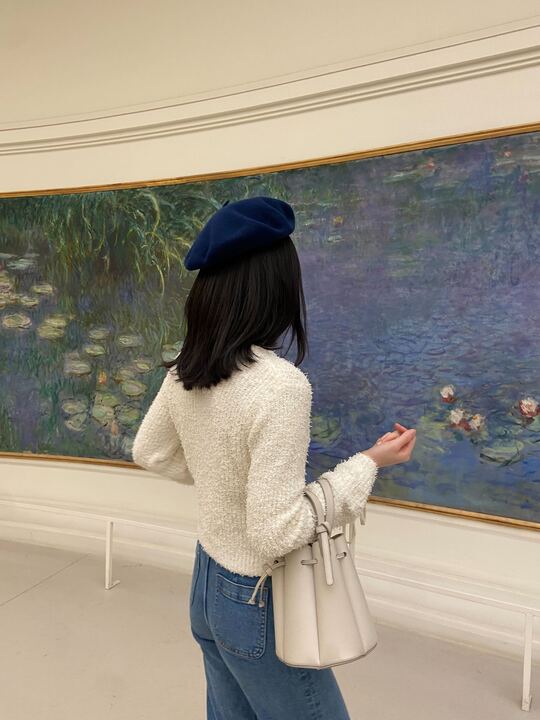
One of the most popular museums for impressionist fans is the Musée de l’Orangerie, which is also called Orangerie museum in English. It is situated in the Tuileries Parc, a 5-minute walk from the subway station Concorde. The Orangerie museum is famous because of its display of huge monumental WATER LILIES by Claude Monet. That's why this museum attracts and gathers many local Parisians and tourists from all over the world.
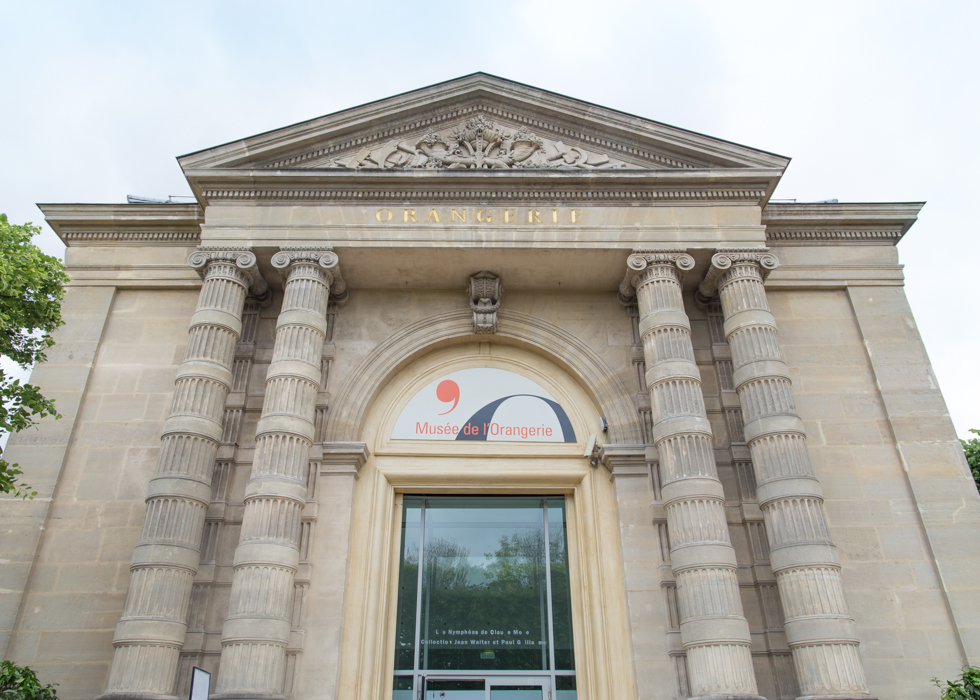
The name of the museum, Orangerie, means Orange tree in French. As the name, originally the building was not to show artworks but to protect orange trees in Tuileries parc as a shell in 1852 by Napoléon III's request. After World War One, the Orangerie was transformed into an art museum by George Clemenceau and he made the space for the WATER LILIES. In 1927, it was inaugurated as Musée National de l'Orangerie des Tuileries, known as Orangerie museum.
The Orangerie museum looks small on the scale, but it has a rich collection of impressionist and post-impressionist art from the ground floor to the 2nd basement floor. Let's discover one of the most breathtaking art museums in the heart of Paris.
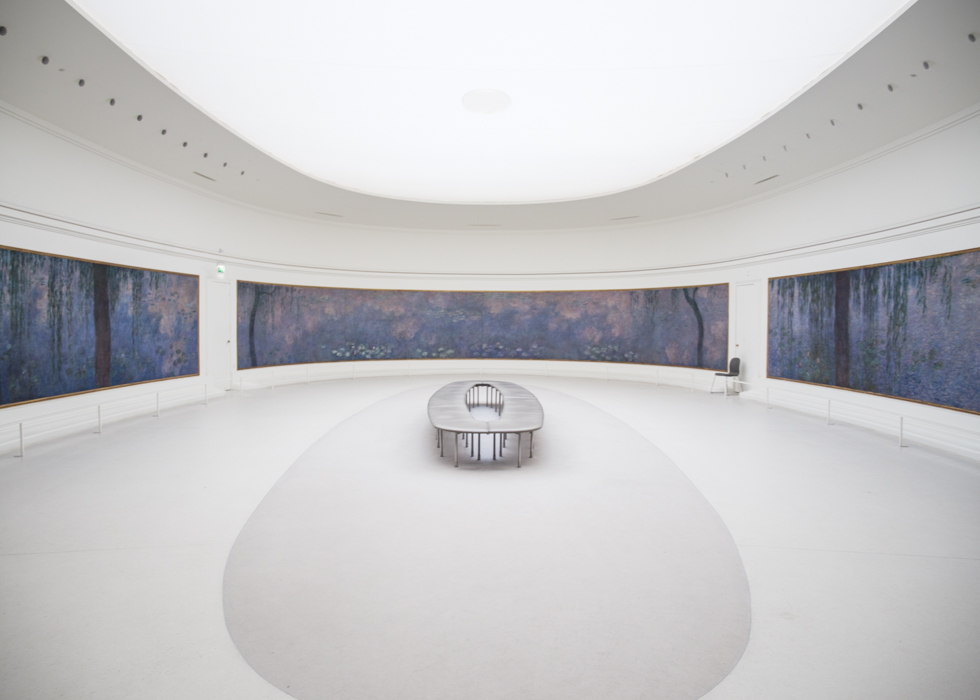
Once you enter the museum, you will be amazed by the bright inside of the building which is filled with sunlight as it comes through the huge window.
On the ground floor, you can find Monet’s WATER LILIES, a café and a souvenir shop on the 1st basement floor, their current collection, and a temporary exhibition on the 2nd basement floor. Below we will introduce specific pieces so that you can enjoy Orangerie's amazing artwork even more.
.jpg)
First, let's go to see the main purpose of the visit to Orangerie, it's, of course, Claude Monet's WATER LILIES on the ground floor. If you go in the morning, you can feel the unique atmosphere by sitting on the bench in the galleries. In this museum is a set of 8 painted panels, donated after the first World War. As each panel is 2 meters high and spans a total length of 91 meters, you can enjoy a panorama view of Monet's pond of Giverny, the town where he lived and had his garden.
When you enter the room, the monumentality of the space is impressive as it is surrounded 360° by Monet's paintings which are calm and poetic but at the same time lively. There are some people who get tears in their eyes. You can be soaked in “a refuge for peaceful meditation in the midst of a flowering aquarium” as Monet wrote.
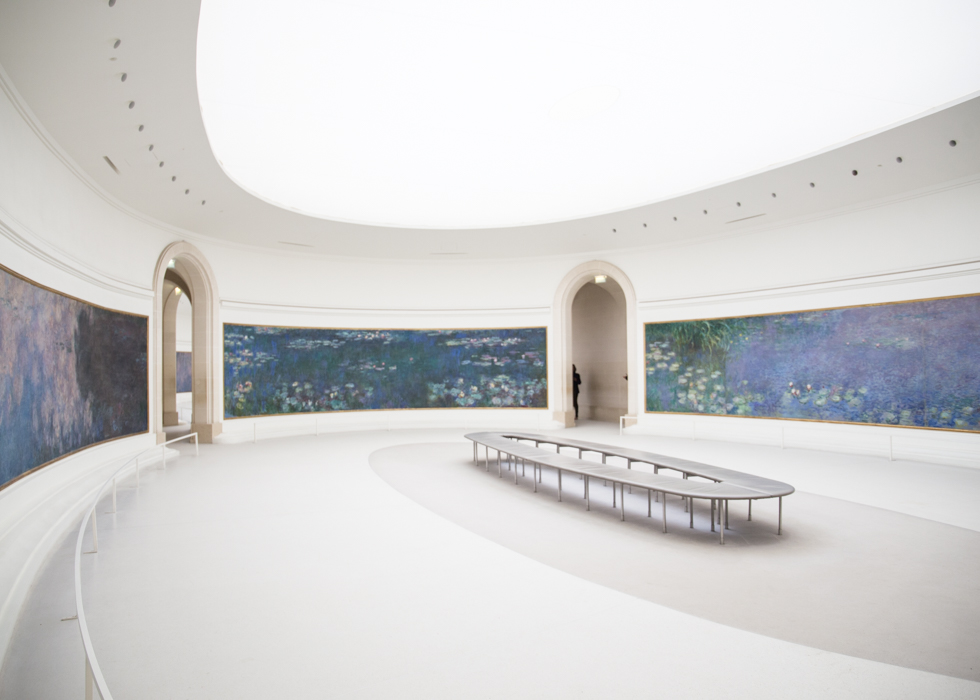
All 8 paintings represent the same water lily pond, but each panel has a different atmosphere. Because Monet is an artist who focused on the world that is changed by various sunlight which depends on the seasons or the passing of the hours from sunrise to sunset. Furthermore, there is no perspective, but the elements such as waves of water, flowers, sky, or trees make a rhythm in these pictures, and it makes an illusion that represents an infinity of nature, or his thinking. His every touch leaves a three-dimensional feeling because he put the colors directly on the canvas, and then mixed them with other colors there. This is his characteristic way to paint.
Monet painted these tableaux after World War One. If you know this fact, you may feel more emotional for the artist and pray for peace. This spiritual and monumental space is apart from the hustle and the bustle of the city. These exhibition rooms could be said as one of the most beautiful places in Paris or even in the world.
.jpg)
After you have finished relaxing in the urban oasis, you can see their collection which has a history related to impressionism art by following the history of 20th-century art. To follow the flow of change of art style, we recommend you to turn right after going down the stairs. You can start with Renoir’s impressionist paintings.
.jpg)
Besides the delicate universe created by impressionists such as Renoir, you can also discover other artworks which are inspired by their revolutionary art. For example, you can see Cézanne’s post-impressionism art in the exhibition room on another side of the space for Renoir’s painting. When you advance, you can find more dynamic art like primitivism, and cubism by Modigliani, Matisse, Picasso, and Derain. Finally, you will see Utrillo and Soutine's powerful art issued from their suffering.
.jpg)
Besides their collection, Orangerie museum always holds fascinating temporary exhibitions which are related to 19th-century art and impressionism. Their various exhibitions will always give you inspiration about art which has one of the most glorious histories in art history.
When O’bon Paris visited, they held an exhibition, MATISSE. CAHIERS D'ART, THE PIVOTAL 1930'S, which brings together a selection of works by Matisse from the 1930s through the prism of Cahiers d’art, the great avant-garde magazine created by Christian Zervos in 1926. This outstanding exhibition illustrates the transformation of Matisse's style over the decade with sculptures, works from his collection, drawings, prints, and paintings, as well as recent photographs, archives, film clips, and magazines.
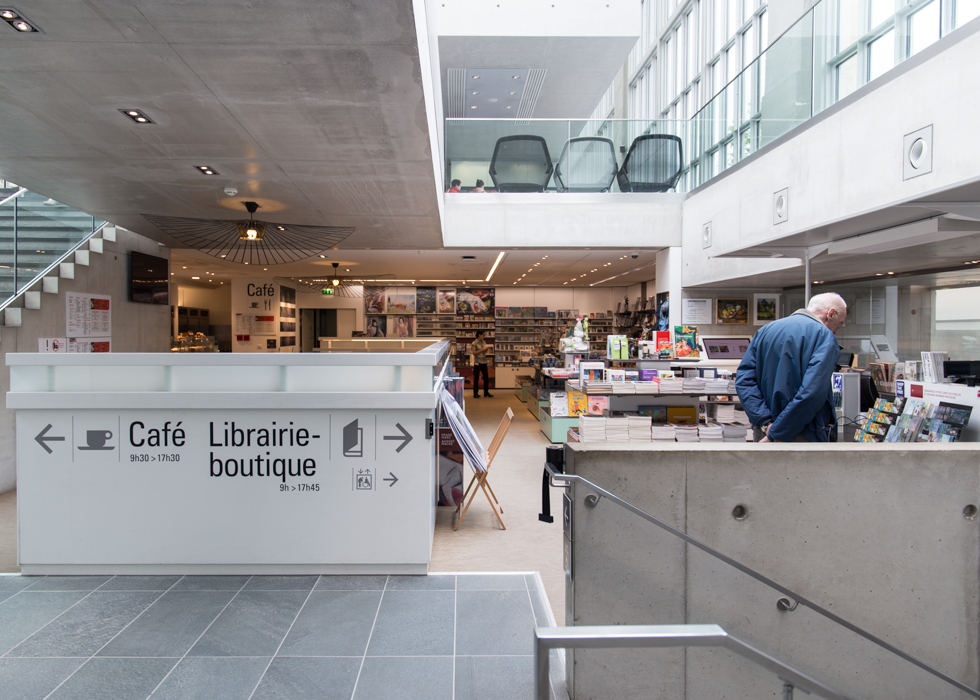
After watching the impressionism art and feeling Monet’s universe filled with peace, visit the café and especially the souvenir shop before you go. In the boutique, you may find a rich variety of goods of Monet’s Water Lilies design, such as scarves, accessories, socks, stationeries, postcards, and so on. Bring back home a memory of such a beautiful experience of heaven by art in Paris, the capital of art.
In the museum, you can find during the vacation season or afternoon, the museum is very crowded with local Parisians and tourists from all over the world. We highly recommend you to visit there in the morning, if you want a more calming environment. Also, it is better to have a ticket in advance to avoid the long queue and purchase a ticket online. In addition, you can use the Paris Museum Pass. With it, you can enter the museum faster than no-ticket line. So if you visit lots of tourist attractions, it could be a wise choice for your trip. In the Orangerie museum, free cloak service is available. When you carry a backpack, you need to put it there before entering the galleries.
.jpg)
Orangerie museum holds different events by time in Water Lilies’ galleries each year, for example during the Fête de la musique in June they have a music event there. You can check their website for details.
Around the Orangerie museum, there are so many attractive spots such as Louvre Museum, Parc des Tuileries, Place de la Concorde, Avenue des Champs-Elysée. We recommend you to walk on the most elegant and world-wide known street after relaxing in Monet's Water Lilies dong. At the Champs-Elysees, you can enjoy French authentic sweets in Ladurée Café.
Words and Photographs by Yuka
Address: Jardin des Tuileries Place de la Concorde 75001 PARIS
Transportation: Metro line 1, 8, 12 Concorde station
Opening Hours: Mon, Wed-Sun 9:00-18:00(Last admission 17:15) / Closed on Tuesdays
Admission Fee : Single ticket - Adult 9 euros, Under 18 years old, European Union nationals 18-25 years old - free / Combined Musée de l'Orangerie-Musée d'Orsay ( 1 entrance for each museums, validated for 3 months from the date of purchase) - 18 euros / Passport Musée de l'Orangerie-Fondation Claude Monet Giverny (The Fondation Claude Monet is open from 22 March to 1st November 2019) - 18.50 euros / All visitors on the first Sunday of each month - free
Website: Click here